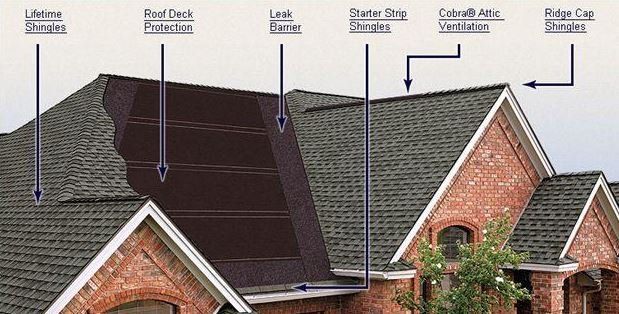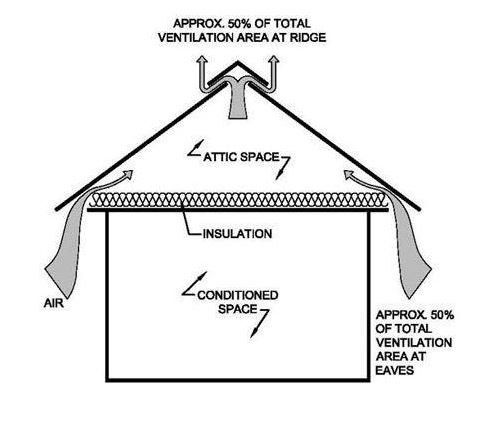ROOFING FAQ
The Roofing Process
Your professional roofing contractor should be skilled and trained to properly install your homes new roofing system per the manufacturers specifications. This is critical to long term performance. The contractor should be trained in installation techniques that cover the following areas:
- Proper re-roofing techniques
- Overall inspection
- Deck preparation
- Usage and application of underlayment
- Secure attachment with the proper amount and location of nails
- Metal drip edge installation
- Shingle application and the proper offset
- Valley construction, which product to use, and the proper application
- Proper flashing installation around pipes and vents
- Proper counter flashing techniques and application
- Proper ventilation installation
- Hip and ridge installation and the special techniques that finish the job properly
The Importance of Proper Ventilation
When a house has been properly ventilated, a positive airflow is created. This allows the house to breathe and helps prevent moisture buildup. That's why proper attic ventilation is a serious issue that should always be considered when re-roofing your home.Normal household activities can wreak havoc on an attic and ultimately, a roof. Showers, laundry, dishwashing and cooking all generate moisture that can damage insulation, rafters, wood deck, underlayment and shingles during winter. Summer heat buildup in the attic promotes premature aging and cracking of wood and roofing materials. All of which could reduce a roofs expected service life. For maximum roof protection, a well ventilated attic is the key.
In warm weather, proper ventilation prevents the attic from becoming a hot box that spills unwanted heat down through the ceiling into the living area (even if the attic is insulated).
In cold weather, proper ventilation helps prevent moisture from condensing on the insulation, structural wood, shingles or roof deck. Moisture soaked insulation becomes ineffective, thereby causing excess energy usage. Condensation on wood leads to rotting and expensive repairs. While those are the most important reasons for proper ventilation, they aren't the only ones.
Excess attic heat causes premature shingle failure and can invalidate the shingle warranty. Excess moisture in the home cause’s mildew and drywall damage. Moisture problems can cause paint to peel and siding to warp.
Balanced airflow keeps attic temperatures from reaching extremes. Vents allow outside air to move through the attic. The result is a cooler, drier attic, which means a longer lasting roof.
General Roofing FAQ
Hail Damage FAQ
Still Have Questions?
If you still have questions about your roof, please do not hesitate to contact us. Give us a call or fill out our online form and our team of experts will get back to you as soon as we can. We look forward to hearing from you soon!



